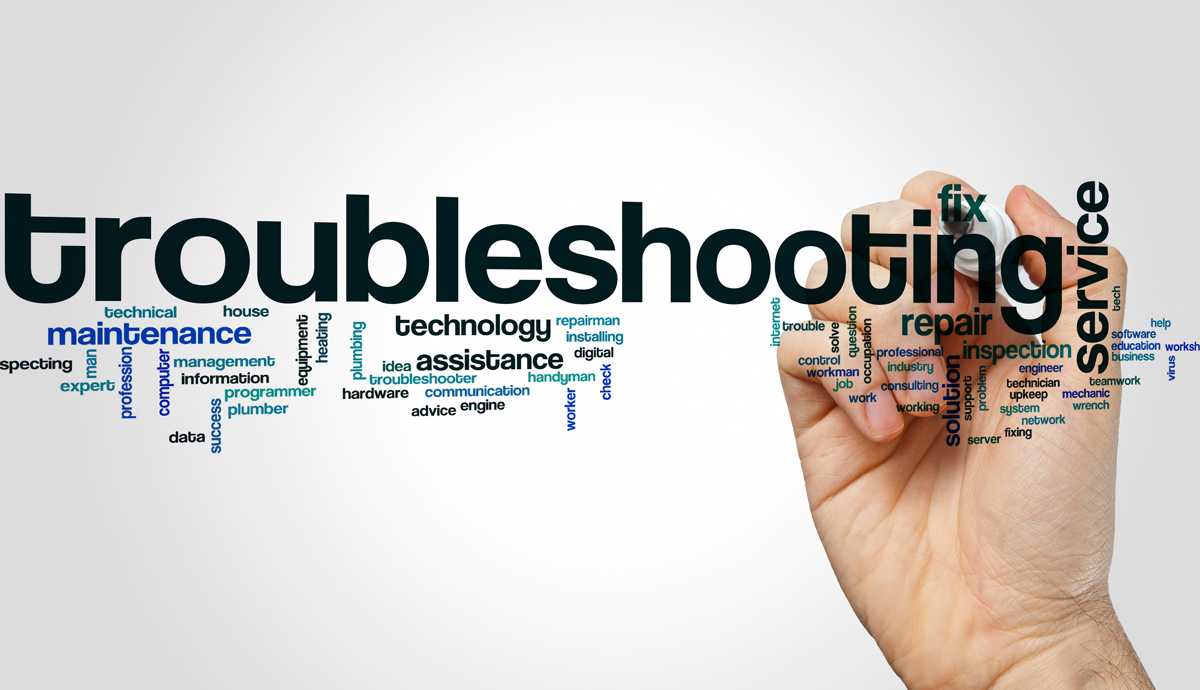
Access 2,000+ passionate and experienced software engineers with skillsets in 100+ technologies, in your timezone.

Introduction:
WordPress, renowned for its user-friendly interface and robust functionality, serves as the backbone for countless websites worldwide. However, like any complex system, it’s not immune to occasional hiccups and technical glitches. When confronted with these challenges, having a solid understanding of common errors and effective troubleshooting strategies is indispensable. In this comprehensive guide, we’ll delve into various issues frequently encountered by WordPress users and provide detailed solutions to help you overcome them, ensuring your website remains resilient and operational.
Conclusion:
Troubleshooting WordPress errors requires a combination of patience, technical know-how, and perseverance. By familiarizing yourself with common issues and implementing the solutions outlined in this guide, you’ll be better equipped to tackle any challenges that arise. Remember to backup your site regularly and approach troubleshooting with a systematic mindset. With diligence and attention to detail, you can maintain a stable and functional WordPress website that continues to serve your audience effectively.
Give us a call or drop by anytime, we endeavor to answer all inquiries within 24/7 hours on business days. We will be happy to answer your questions.